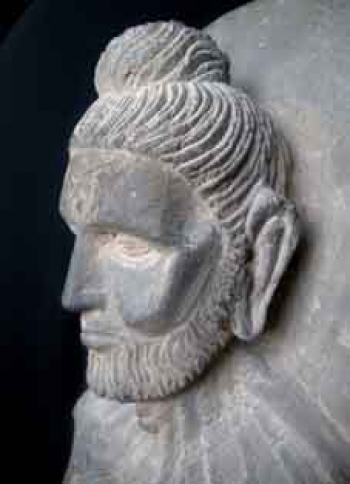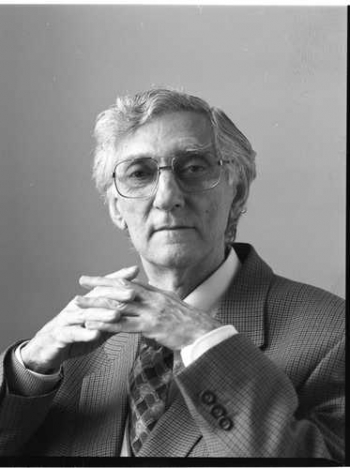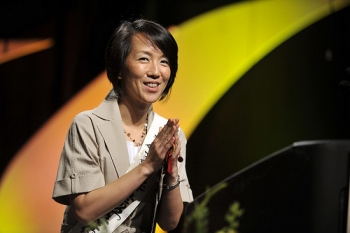A friend once castigated me for supporting institutional religion. Hers was a critique based on an interpretation of European Enlightenment values and a secular suspicion of religious institutions. But the importance of the monastery or spiritual lineage is often prompted not by traditionalist attachments, but by very real, practical concerns. For example, the Buddha was emphatic that the sa?gha could only be a sa?gha when it was supported, like a table, by four legs: not just laymen and laywomen, but by monks and nuns as well. Buddhism began as an ascetic movement and has never lost that emphasis, even in the Mah?y?na schools. The original sa?gha comprised of purely monastic disciples. The historical and cultural evidence is enough to build a fairly solid case for maintaining the ecclesiastical privilege that provided Buddhism with its raison d’être until new visions of communty could be imagined.
A look beyond Asia gives one pause. Some of the most well known Buddhist communities in the West are driven by laypeople. For example, the British-based DharmaMind sa?gha is led and taught by ?loka David Smith, a former Therav?din monk who is inspired by a mix of Zen, Ch’an, and Dzogchen teachings. With events in Ireland, London, Bristol, Scotland, and more, DharmaMind holds its own as a Buddhist community that makes a real difference for British spiritual seekers. Another movement is the international Triratna Buddhist Community (formerly known as Friends of the Western Buddhist Order), which is famous for its lack of a traditional lineage. My Japanese friend works for Rissh? K?sei Kai, a very successful lay movement that was founded in the 1930’s. The Triratna Buddhist Community has a following across North America, Australasia, and Europe with over a hundred affiliated centres. Rissh? K?sei Kai does interfaith work and charity with the United Nations.
What are we to make of this? DharmaMind, Triratna, and Rissh? K?sei Kai are lay movements that were founded in the 20th century. They make a real, incredible difference in the spiritual lives of many people. Could this be a sign of the times? Modernity, and more specifically modernist ways of thinking, has challenged the traditional certainties of the past. We have seen what the new ways can achieve, and the role of laypeople in these achievements is central, indispensable. So I am reminded of the adage “Subjective conditions are always true”, and no one viewpoint provides the complete answer for a Buddhist. What comes closest to a proper balance is almost certainly a middle way. Plum Village in France, for instance, was founded by Thich Nhat Hanh, a monk deeply immersed in the spiritual lineage of Vietnamese Zen. Yet his order has blossomed into a worldwide movement for peace and environmental mindfulness, supported no less by a large grassroots base of laypeople. Plum Village is not only at home in the Western culture of lay activism, but has retained the monastic institution that informs and powers the Buddhist ecology.
Once again we find ourselves at a fork in the road with two signs at the juncture. One sign says tradition and legitimacy; the other says innovation and survival. Once again, it falls to us to swing neither way, and create our own middle path, a road between the two extremes. For if our visions of Buddhist community and happiness are to be realized, we need to be open-minded about the possibilities of the newer models and methods of sa?gha-building. At the same time, it is important to be acutely mindful of the essential, complementary relationship between monastics and laypeople that has sustained Buddhist cultural life.

















